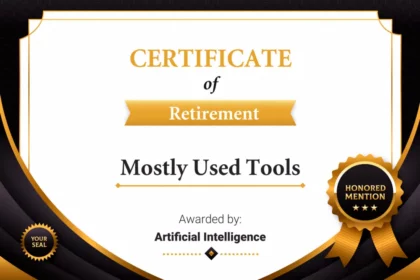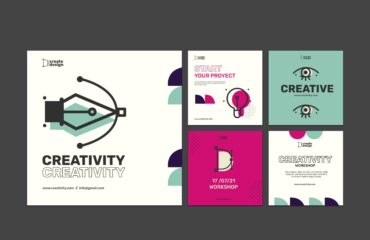
Technology is advancing faster than ever, and artificial intelligence (AI) is at the heart of this transformation. As AI becomes smarter, faster, and more integrated into daily life and business, several tools we rely on today are slowly becoming obsolete. Over the next five years, many popular tools will likely vanish, replaced by more intelligent, automated, and efficient AI-powered solutions.
Here are 5 mostly used tools that may disappear within the next 5 years—and what will likely replace them.
1. Traditional Customer Support Chat Systems
Why it will disappear:
Live chat tools and ticket-based customer support systems are still widely used, but they often depend heavily on human agents or offer limited automation. Customers expect faster, smarter, and more personalized support, which current systems struggle to deliver at scale.
What will replace it:
AI-driven conversational bots like ChatGPT-powered assistants will take over. These systems can handle multiple queries simultaneously, understand complex customer needs, offer 24/7 support, and continuously improve through machine learning.
2. Basic Graphic Design Tools (e.g., Canva, Adobe Spark)
Why it will disappear:
Tools like Canva have empowered millions to design easily, but they still rely on users selecting templates, dragging elements, and manually creating visuals. As content demand grows, speed and automation become critical.
What will replace it:
AI-powered design generators like Adobe Firefly or tools integrated with GPT-4 and DALL·E will dominate. These tools can create complete brand kits, marketing materials, and social media visuals from simple text prompts—no manual design work needed.
3. Spreadsheet-Based Data Analysis (e.g., Excel, Google Sheets)
Why it will disappear:
While spreadsheets are still the backbone of many businesses, their limitations in handling big data, real-time collaboration, and advanced analytics make them less efficient in today’s data-driven world.
What will replace it:
AI-powered business intelligence (BI) platforms like Microsoft Copilot, Tableau with AI, and Google’s Looker Studio will take over. These tools can analyze massive data sets, offer real-time insights, and even answer natural language questions like, “What caused the sales drop in Q3?”
4. Manual Coding for Simple Applications
Why it will disappear:
Traditional coding for basic applications like forms, dashboards, or CRMs takes time and requires skilled developers. With growing demand for faster software deployment, manual coding will become a bottleneck.
What will replace it:
AI-based low-code/no-code platforms such as Bubble, Glide, and Microsoft Power Apps—enhanced with AI—will replace manual development for many use cases. These platforms let users describe what they want, and AI generates the code, UI, and workflows in seconds.
5. Email Marketing Campaign Builders
Why it will disappear:
Email marketing tools like Mailchimp and Brevo (formerly Sendinblue) are widely used but require manual input—designing templates, writing copy, and segmenting audiences.
What will replace it:
AI marketing platforms like Jasper, Copy.ai, or integrated AI in CRM tools (like HubSpot AI) will generate complete campaigns—from subject lines to call-to-action buttons—based on audience behavior and past performance. Real-time personalization will drive higher engagement without any manual effort.
AI is not just another tech trend—it’s a transformative force reshaping how we work, create, and communicate. While these tools have served us well, their time is running out as AI-driven alternatives prove to be faster, smarter, and more intuitive. Businesses and individuals who adapt early will stay ahead, while those who cling to outdated tools risk falling behind.
If your business still relies heavily on traditional tools, now is the time to explore how AI can future-proof your operations.



